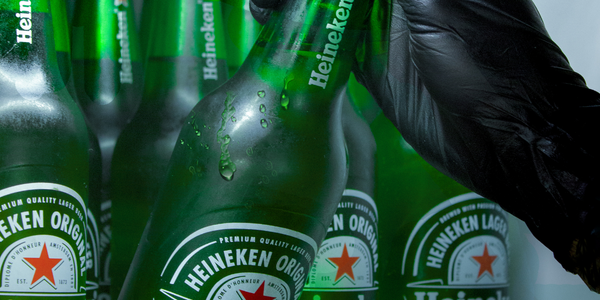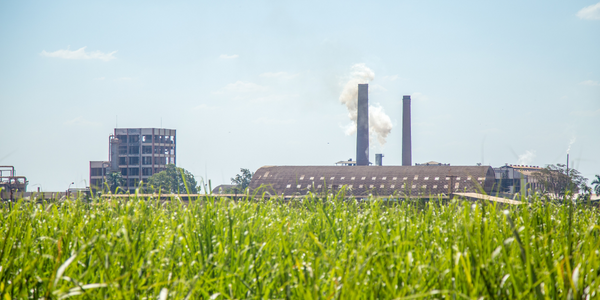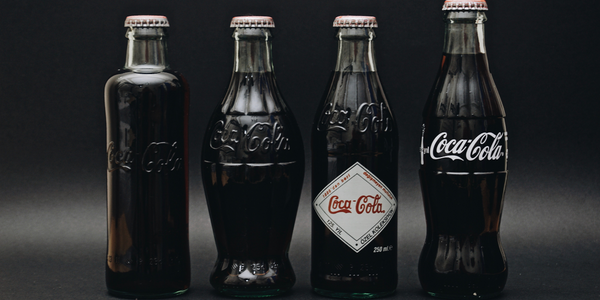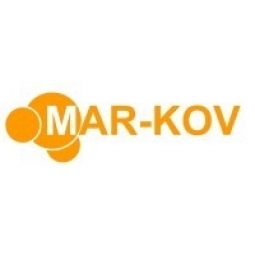Technology Category
- Cybersecurity & Privacy - Identity & Authentication Management
- Functional Applications - Manufacturing Execution Systems (MES)
Applicable Industries
- Food & Beverage
- Retail
Applicable Functions
- Logistics & Transportation
- Sales & Marketing
Use Cases
- Additive Manufacturing
- Manufacturing Process Simulation
About The Customer
Chinook Seedery is a company founded by Mark Pettyjohn with the aim of providing Americans with the best sunflower seed experience possible. The company was born out of Pettyjohn's desire for a tastier, healthier sunflower seed. However, to keep selling to Chinook’s sunflower seed-afficionados, Mark had to turn his young company into a sustainable business with consistent profits, increased sales, and consistently happy customers. Despite his expertise in creating great sunflower seed snacks, Mark faced challenges in managing his food manufacturing business. The company needed to modernize its operations and improve its business management to ensure long-term sustainability.
The Challenge
Chinook Seedery, a company dedicated to providing the best sunflower seed experience, was facing challenges in managing its food manufacturing business. The company was struggling to maintain consistent profits, increase sales, and keep customers satisfied. The founder, Mark Pettyjohn, had a deep understanding of how to create great sunflower seed snacks, but lacked the necessary knowledge to manage the business side of the operation. The company was in desperate need of real-time, accurate data to base crucial business decisions. Additionally, the company was dealing with issues related to late or incomplete orders, imprecise invoices, and penalties paid to distributors for late orders. These issues were negatively impacting Chinook’s cash flow and customer trust.
The Solution
Chinook Seedery partnered with Kraig Schexnayder, an entrepreneur and systems integrator, and implemented Mar-Kov, an MRP software created by food industry veterans for food manufacturers. Mar-Kov replaced the 1.5 part-time administrators that had manually created and handled every single piece of documentation required to run Chinook. The software was used to run the company more efficiently and cost-effectively. It was used to identify and purchase the raw ingredients required, create production, packaging, order assemblies, and shipping schedules, and handle all related invoicing. Mar-Kov also provided the transparency and visibility needed to efficiently schedule the production of its six flavours, maximizing production and minimizing cleaning time. Furthermore, Mar-Kov recorded every detail pertaining to Chinook’s ingredients, production, and shipping data, ensuring compliance with FDA Food Safety Modernization Act and enabling product tracking in the event of FDA-mandated and voluntary recalls.
Operational Impact
Quantitative Benefit

Case Study missing?
Start adding your own!
Register with your work email and create a new case study profile for your business.
Related Case Studies.

Case Study
The Kellogg Company
Kellogg keeps a close eye on its trade spend, analyzing large volumes of data and running complex simulations to predict which promotional activities will be the most effective. Kellogg needed to decrease the trade spend but its traditional relational database on premises could not keep up with the pace of demand.

Case Study
HEINEKEN Uses the Cloud to Reach 10.5 Million Consumers
For 2012 campaign, the Bond promotion, it planned to launch the campaign at the same time everywhere on the planet. That created unprecedented challenges for HEINEKEN—nowhere more so than in its technology operation. The primary digital content for the campaign was a 100-megabyte movie that had to play flawlessly for millions of viewers worldwide. After all, Bond never fails. No one was going to tolerate a technology failure that might bruise his brand.Previously, HEINEKEN had supported digital media at its outsourced datacenter. But that datacenter lacked the computing resources HEINEKEN needed, and building them—especially to support peak traffic that would total millions of simultaneous hits—would have been both time-consuming and expensive. Nor would it have provided the geographic reach that HEINEKEN needed to minimize latency worldwide.

Case Study
Improving Production Line Efficiency with Ethernet Micro RTU Controller
Moxa was asked to provide a connectivity solution for one of the world's leading cosmetics companies. This multinational corporation, with retail presence in 130 countries, 23 global braches, and over 66,000 employees, sought to improve the efficiency of their production process by migrating from manual monitoring to an automatic productivity monitoring system. The production line was being monitored by ABB Real-TPI, a factory information system that offers data collection and analysis to improve plant efficiency. Due to software limitations, the customer needed an OPC server and a corresponding I/O solution to collect data from additional sensor devices for the Real-TPI system. The goal is to enable the factory information system to more thoroughly collect data from every corner of the production line. This will improve its ability to measure Overall Equipment Effectiveness (OEE) and translate into increased production efficiencies. System Requirements • Instant status updates while still consuming minimal bandwidth to relieve strain on limited factory networks • Interoperable with ABB Real-TPI • Small form factor appropriate for deployment where space is scarce • Remote software management and configuration to simplify operations

Case Study
Energy Management System at Sugar Industry
The company wanted to use the information from the system to claim under the renewable energy certificate scheme. The benefit to the company under the renewable energy certificates is Rs 75 million a year. To enable the above, an end-to-end solution for load monitoring, consumption monitoring, online data monitoring, automatic meter data acquisition which can be exported to SAP and other applications is required.

Case Study
Coca Cola Swaziland Conco Case Study
Coco Cola Swaziland, South Africa would like to find a solution that would enable the following results: - Reduce energy consumption by 20% in one year. - Formulate a series of strategic initiatives that would enlist the commitment of corporate management and create employee awareness while helping meet departmental targets and investing in tools that assist with energy management. - Formulate a series of tactical initiatives that would optimize energy usage on the shop floor. These would include charging forklifts and running cold rooms only during off-peak periods, running the dust extractors only during working hours and basing lights and air-conditioning on someone’s presence. - Increase visibility into the factory and other processes. - Enable limited, non-intrusive control functions for certain processes.








